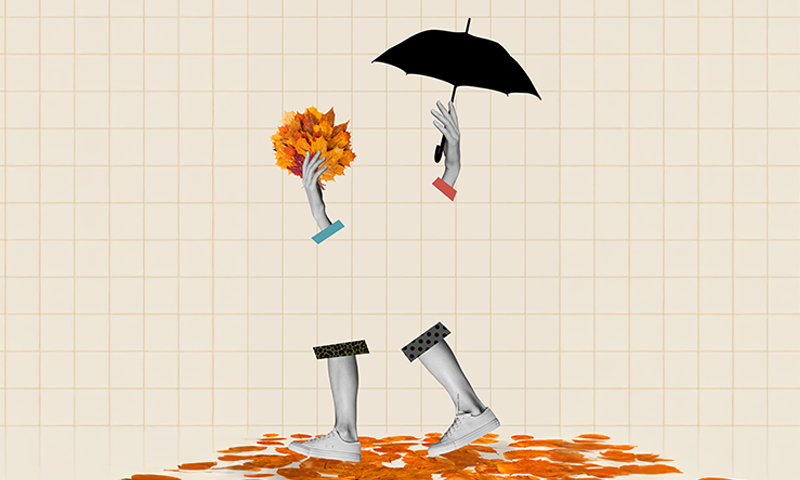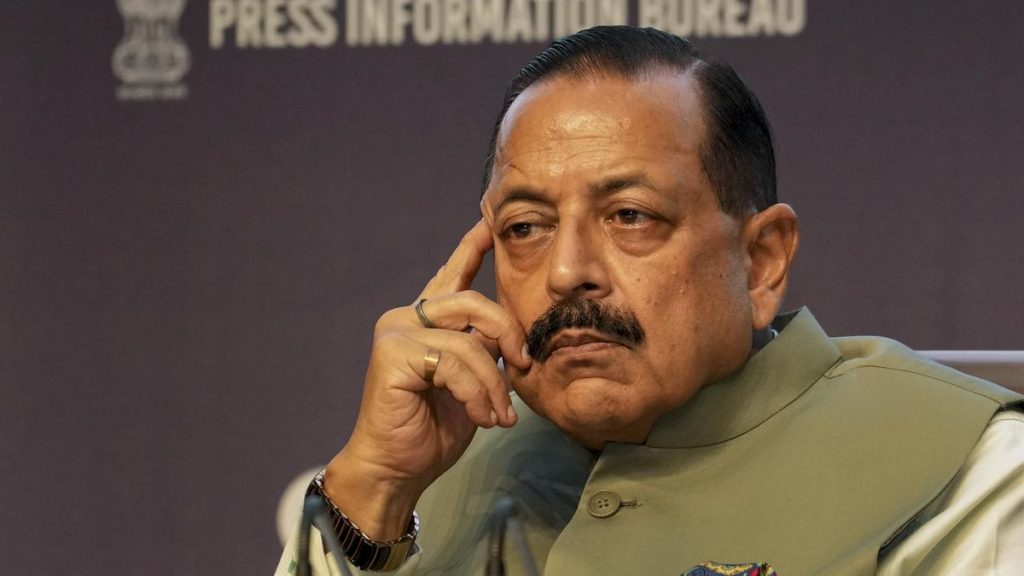Now Reading: Understanding the Mystery of Phantom Limb Phenomenon
-
01
Understanding the Mystery of Phantom Limb Phenomenon
Understanding the Mystery of Phantom Limb Phenomenon

Speedy Summary
- Phantom limb sensations, where amputees experience feelings in missing limbs, have long fascinated scientists and were first documented in teh 16th century.
- Recent research published in Nature Neuroscience challenges assumptions about brain plasticity after limb loss. Contrary to previous theories, the brain’s map of the body largely remains unchanged.
- Lead researcher Hunter Schone explained, “The brain holds onto the body,” highlighting how even imagined movement after amputation activates corresponding areas of the brain.
- The study involved MRI imaging on three individuals before and up to five years post-arm amputation.Brain activity corresponding to missing fingers appeared unchanged during imagined movements.
- Machine learning algorithms successfully identified specific finger movements-even for fingers no longer present-during post-amputation scans.
- These findings dispel the theory that cortical reorganization causes phantom sensations or pain. Instead, they suggest a lack of such reorganization may underlie these phenomena.
- This research has potential implications for pain management therapies, advanced neuro-prosthetics development for amputees, and smarter brain-computer interface technologies.
Indian Opinion Analysis
This study represents a significant shift in understanding how trauma affects brain plasticity-a topic relevant globally but with potential implications for India’s healthcare system. With an increasing number of road accidents and related amputations reported annually across India, innovations driven by this research could lead to transformative advances in prosthetics and more effective treatments for phantom limb pain.For medical practitioners and researchers within India’s neuroscience community, these findings emphasize exploring fixed neural patterns when designing rehabilitation strategies.
Additionally,affordable solutions leveraging AI-based diagnostics or advanced neuroengineering could help address gaps within India’s under-resourced medical infrastructure while aiding millions who suffer from disabilities due to traumatic injuries nationwide. Balancing costs associated with adopting such cutting-edge technologies will be critical if Indian hospitals aim to stay ahead.
Read More: https://nautil.us/how-phantom-limb-tricks-us-1233795/























